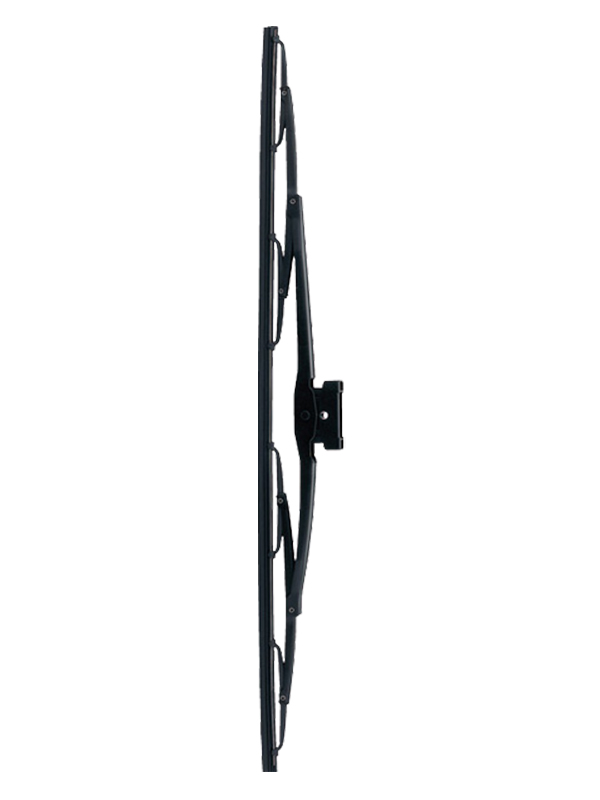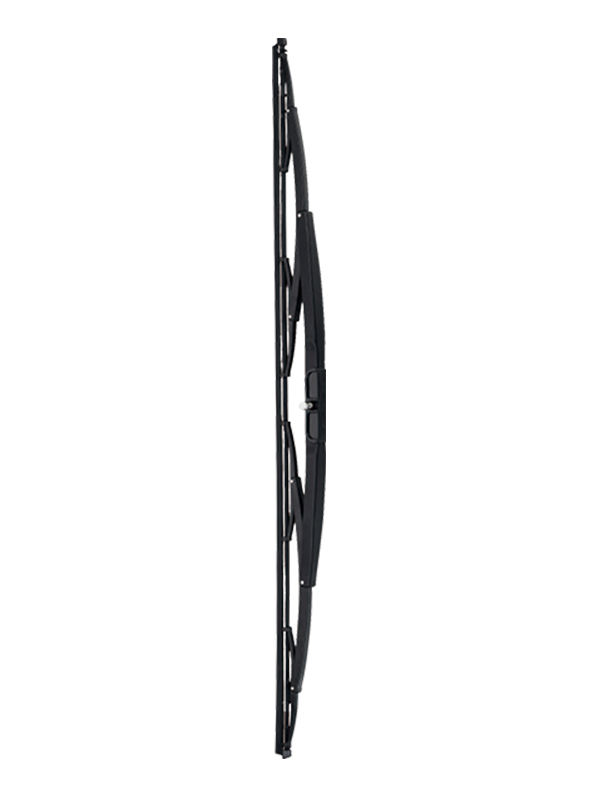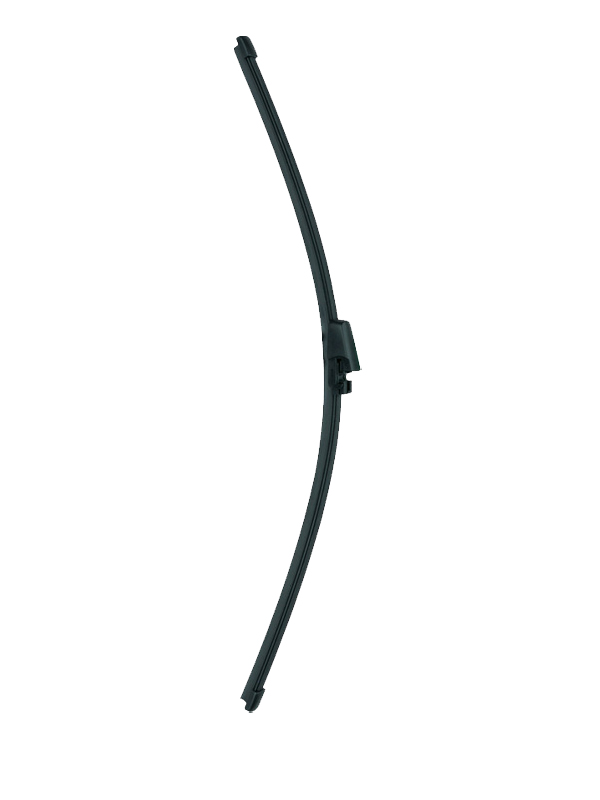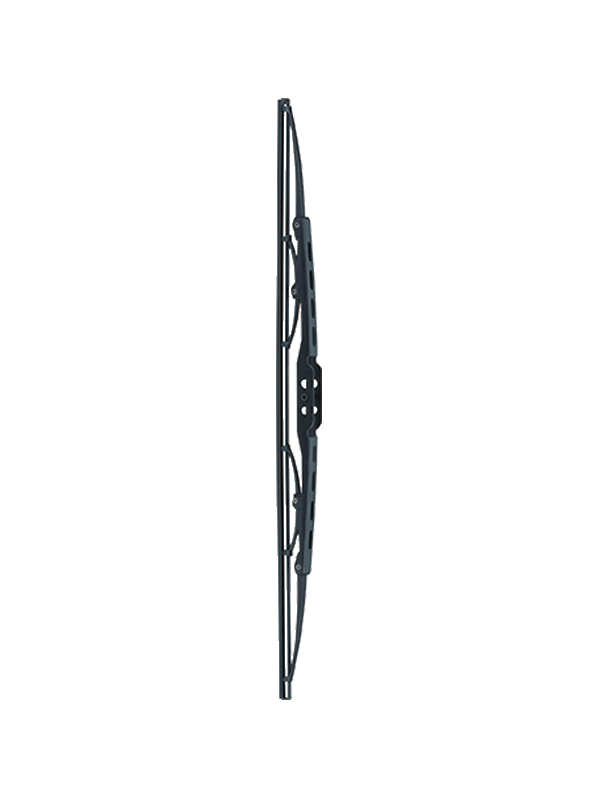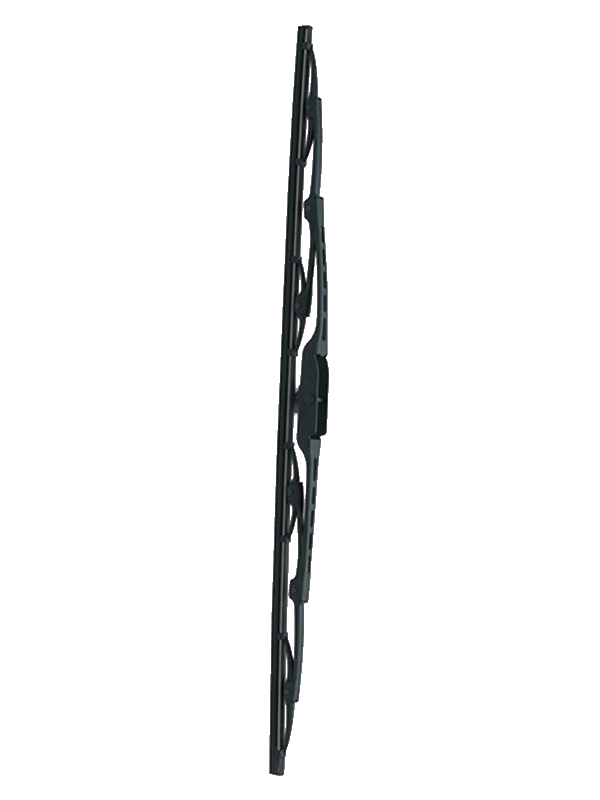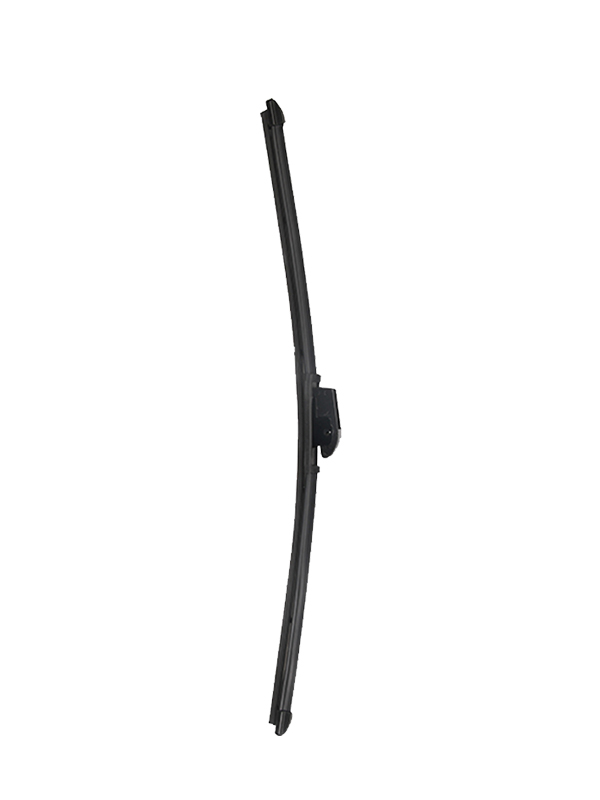Submit feedback
How do removable driveway markers achieve efficient installation and removal?

Innovative Core Structure Design
The breakthrough in ease of installation and removal of removable driveway markers stems primarily from the innovative design of their core structure. These products utilize a combination of modular components to achieve stable attachment while also accommodating quick detachment. The main unit is typically molded from a single piece of high-strength polymer material, with standardized surface connection interfaces. This ensures the structural strength of the individual marker while providing a consistent basis for connecting multiple units. Traditional bolt fastening or gluing are replaced by a specialized snap-on design. Pre-set elastic slots and corresponding protrusions create a tight engagement, maintaining stability against external forces such as vehicle impact. Manual operation requires only specific force in a specific direction to release the lock, eliminating tool dependency and component wear. The bottom fixing mechanism utilizes either adjustable suction or lightweight anchoring, adapting to the needs of varying road surfaces. This allows for simple mechanical release of the fixing force during removal, fundamentally simplifying the basic installation and removal process.
Standardized Operational Procedure Design
Easy installation and removal rely heavily on standardized operational procedures. The installation process for removable driveway markers is broken down into three sequential steps: positioning, splicing, and securing. Each step has clear protocols and requires no extensive training. During the positioning phase, workers can visually align adjacent units in straight or curved lines using pre-set alignment marks on the marker body, eliminating the need for specialized measuring tools. During the splicing phase, the snap-fit mechanism guides the units into natural alignment, allowing them to snap into place automatically with even pressure, eliminating the need for repeated adjustments to hole positions required with traditional connection methods. During the securing phase, a linkage mechanism on the bottom device triggers the securing action simultaneously after splicing, reducing the number of individual steps. The disassembly process is a reverse of the installation process. Using a dedicated auxiliary tool to align the snap-fit release points, the connection is quickly released using a lever or mechanical push. The entire process reduces the time required to install and remove a single unit several times compared to traditional markers. The ease of operation and high repeatability significantly reduce the skill requirements, making large-scale, rapid operations feasible.
Flexible Response to Adaptable Scenarios
The efficient installation and removal of removable driveway markers directly translates into their flexible adaptability to various traffic scenarios. During routine traffic flow control, when lane functions need to be temporarily adjusted, workers can quickly remove and rearrange markers in specific areas without closing roads or disrupting traffic. In the face of unexpected road conditions, such as temporary lane diversion at a traffic accident site, workers armed with a few tools can quickly lay temporary markers to redirect vehicles. Once the accident is resolved, the markers can be quickly retracted to restore the original lane configuration. During road maintenance operations, the product can adapt to the movement of the work area. Through phased removal and reinstallation, it consistently provides clear guidance of the work area boundaries, avoiding the material waste and construction delays caused by the repeated removal and redrawing of traditional markers. This ability to quickly adapt to changing scenarios is essentially a direct manifestation of the ease of installation and removal in practical applications, transforming dynamic traffic management adjustments from a planning perspective into efficient and effective operations.
Balancing Operational Efficiency and Cost Control
The ease of installation and removal of removable driveway markers improves operational efficiency while effectively controlling labor and costs. Traditional lane marking installation often requires specialized construction teams carrying heavy equipment and multiple steps, including road surface pretreatment, material preparation, and curing. This is not only time-consuming but also requires significant labor and coordination. Removable lane markers, however, can significantly reduce the size of the installation team. Regular workers can be employed with minimal training, and there's no need for intermediate steps like waiting for the materials to cure, directly reducing both labor and time costs. Furthermore, thanks to their modular design and reusable materials, the marking units experience minimal wear and tear during repeated installation and removal, eliminating the resource waste associated with single-use traditional markers. This further reduces the overall cost of traffic management throughout their lifecycle, fostering a positive cycle of efficient operation and economic efficiency.


 English
English  中文简体
中文简体 

